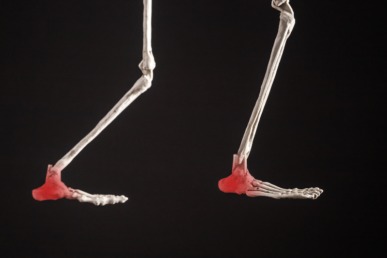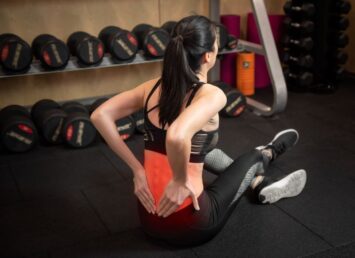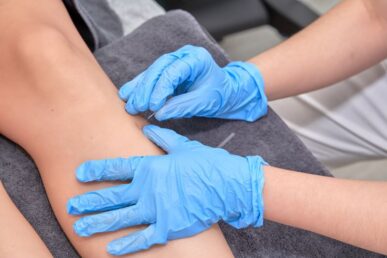The most common ankle injury is the ankle sprain, which affects up to 40 percent of all athletes. Caused when the ankle is forced into an unnatural position, thereby tearing or straining the ligaments of the joint, this injury can take youth out of the game for weeks while they heal. Preventing these injuries is a key step in helping youth athletes (and athletes of all ages) to stay in the game and perform at their best. Here are 5 ways to stop ankle injuries in athletes before they occur.
Warm up before every game
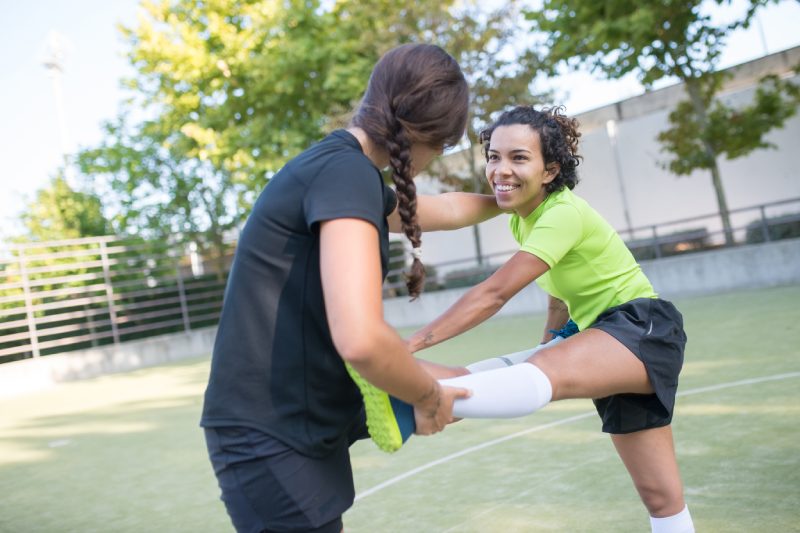
Whether your youth athlete is getting ready for a game or starting a practice, a robust warm up regimen is essential in preventing injury. The best exercises for warm ups are called dynamic exercises. These are warm ups that incorporate movement, ideally movement that the athlete will use during their practice or game.
Dynamic warm ups are good for the body in a number of ways. By safely integrating movement into an exercise routine before physical activity, the youth athlete can enjoy the following advantages:
- Increased blood flow throughout the body
- Improved flexibility
- Improved nerve-impulse transmissions
When dynamic exercises are focused on the ankle, they can help to prevent ankle sprains by preparing the joint for the rapid movements necessary in the athlete’s chosen sport. With faster reflexes, more blood flow and better flexibility, their ankles are also better equipped to withstand falls, impacts, sharp movements and other risky occurrences on the field or the court.
Complete strengthening exercises regularly
The stronger an athlete is, the more resistant they are to injury, particularly injuries caused by sudden movements, falls, or forces (e.g. A tackle in football). As a result, exercises designed to strengthen the ankle joint and its surrounding muscles can protect young athletes from sprained ankles and other issues.
Ideally, athletes should complete this type of exercise 3-4 times a week. Here is a list of some of the most effective exercises to implement into a youth athlete’s regimen:
- Single leg balance to train ankle nerves to work together
- Standing heel raise to exercise the calf and ankle muscles
- Heel-toe walks to strengthen the muscles surrounding the ankle joint
- Ankle circles to improve mobility and range of motion in the joint
Wear proper footwear
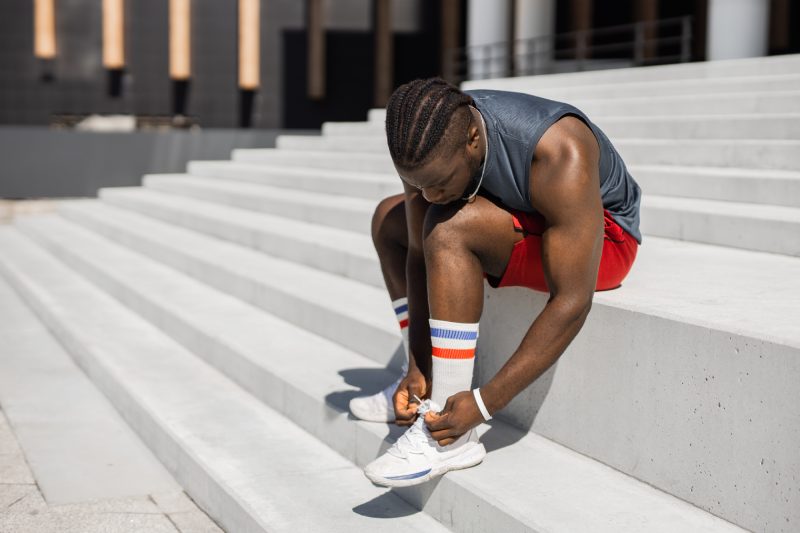
Footwear is essential in maintaining good ankle and foot health throughout even the most rigorous practices and the most intense games. No matter what sport your youth athlete plays, their footwear should offer ankle support and non-slip soles. Since youth are not necessarily done growing, shoes should fit snugly while also providing some room for growth.
Ready to pick out shoes that fit properly and offer the type of support necessary to avoid ankle sprains? Try following these tips for a more successful process:
- Purchase shoes from a store that specializes in athletic footwear.
- Try on shoes when the feet are largest – After a workout or at the end of the day.
- Have your athlete wear their athletic socks to try on shoes.
- Walk and run in the shoes to determine how they will move during the sport.
- Choose shoes that have heels with a strong grip.
- Buy new shoes after about 300 hours of exercise.
- Purchase shoes designed for your athlete’s sport.
Use proper technique while playing
The wrong technique can be as damaging to the ankle as not exercising. Adopting the right movements throughout practices and games can reduce the amount of stress placed on the ankle and therefore prevent injuries like ankle sprains.
Coaches and trainers have a responsibility to clearly communicate proper technique to youth athletes, particularly in areas such as running, jumping, balancing, pivoting and making sharp movements. Athletes also need to be trained to be aware of their bodies – Where they are positioned and how they are moving throughout the game.
Incorporate rest and robust conditioning
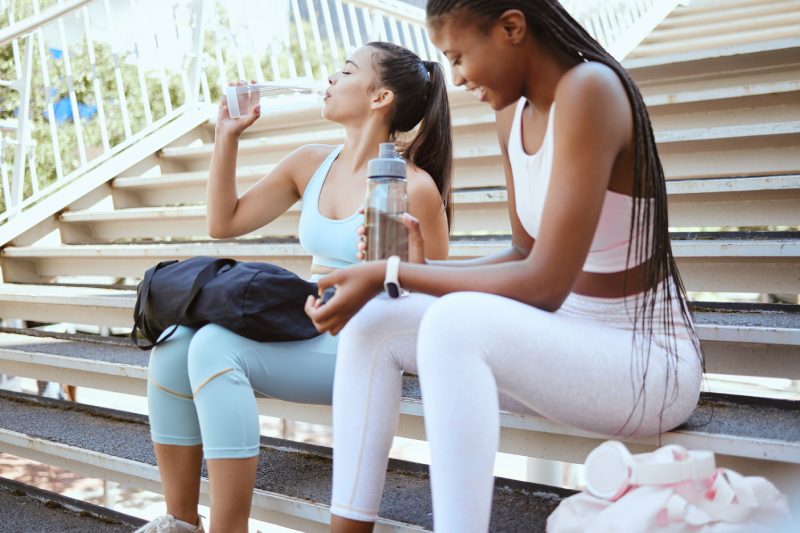
Tired muscles and joints can more easily become injured. In addition, tired athletes are less likely to pay attention to the position or movements of their body, making it more likely that they could injure themselves while playing their sport.
Ensuring that the youth athlete undergoes a robust conditioning program and takes appropriate rest for their body can help them to maintain the stamina necessary to thrive in their sport. Conditioning programs can help athletes improve their overall physical fitness through comprehensive workouts, healthy diets and plenty of rest.
Preventing ankle sprains in youth athletes is possible, with a little bit of work. By engaging in appropriate warm ups, completing strengthening exercises, wearing the right shoes, learning body mechanics and incorporating rest and conditioning, these athletes can maximize their performance and minimize setbacks. At Dynamic Sports Medicine, our athlete-trusted team is here to help you not only recover from injuries but help prevent them in the first place with comprehensive tools intended to address every area of concern you may have. Contact us today to schedule an appointment!



